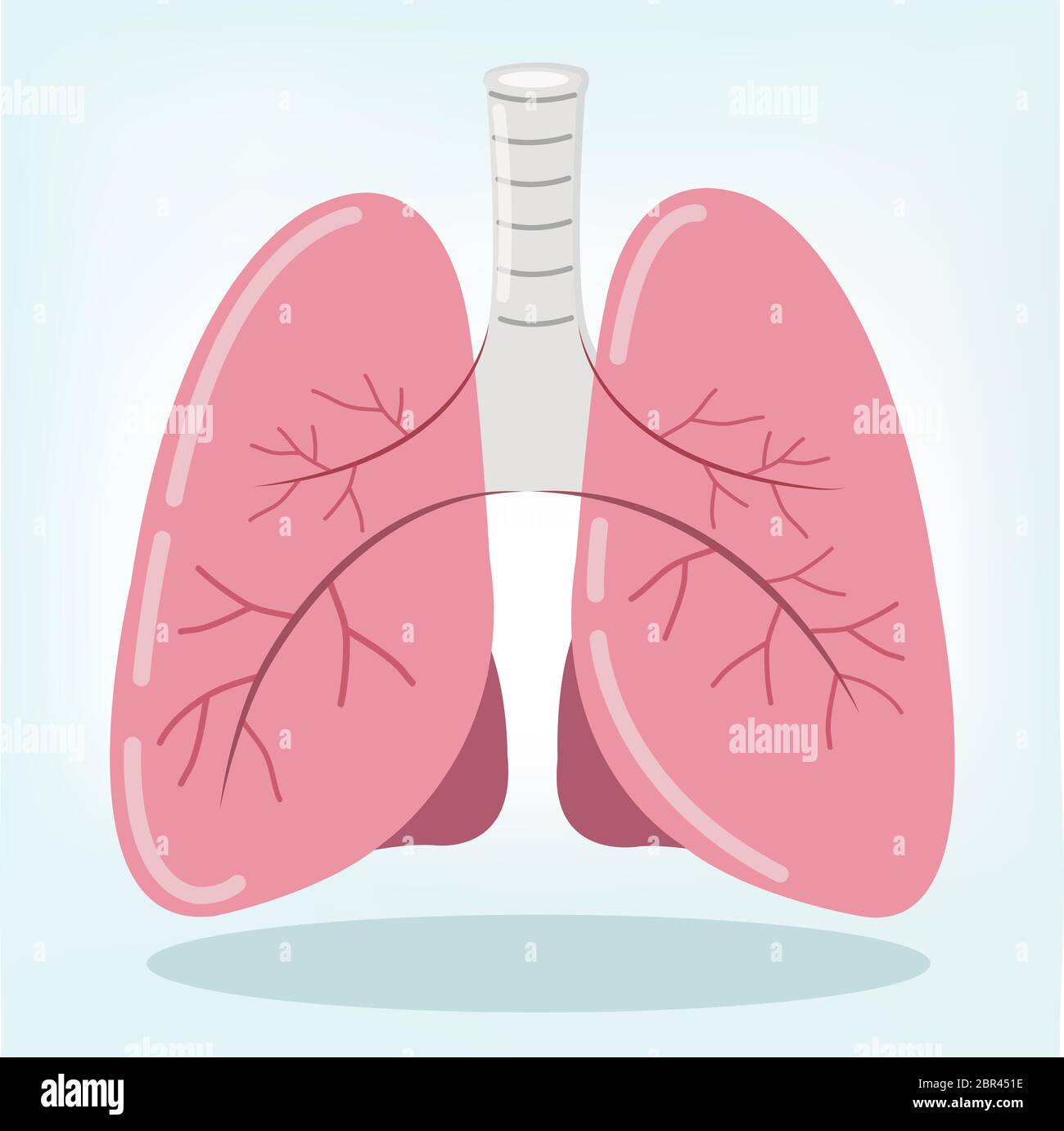


Likewise, it takes less energy to pump blood to the bottom of the lung than to the top when in a prone position. When someone is standing or sitting upright, the pleural pressure gradient leads to increased ventilation further down in the lung. The lung is particularly susceptible to changes in the magnitude and direction of gravitational forces. In these spaces, the lungs are ventilated and receiving enough air, but blood is not being oxygenated in that space because the air is not reaching perfused areas. An example of an anatomical shunt is the effect of gravity on the lungs. Anatomical dead space occurs naturally in areas of the lungs that don’t come in contact with alveoli (like the trachea).

Both produce dead space or shunts, regions of ineffective lung tissue. This difference between the amounts of air and blood reaching the lungs is referred to as ventilation/perfusion (V/Q) mismatch.


 0 kommentar(er)
0 kommentar(er)
